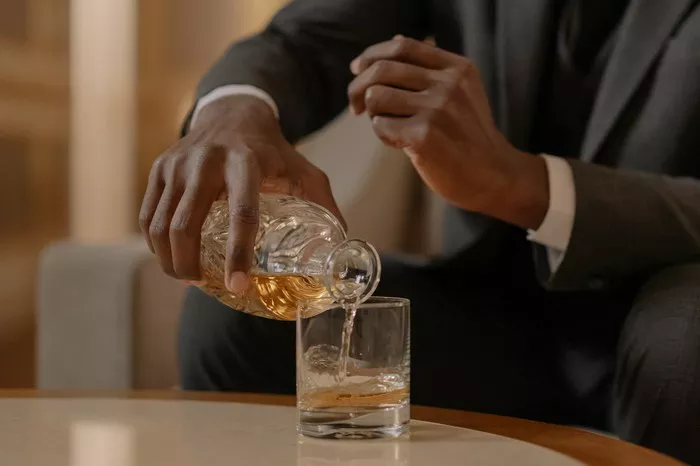Brandy, a beloved spirit enjoyed by many, has a rich history and a unique production process that contributes to its distinct flavor profile. If you’ve ever wondered what brandy is made from, you’re in the right place. In this article, we’ll delve into the world of brandy, exploring its ingredients, production methods, and the factors that contribute to its exceptional taste.
1. The Basics of Brandy: A Brief Overview
Brandy is a type of distilled alcoholic beverage that is made from fermented fruit juice, most commonly grapes. The process of making brandy involves fermentation, distillation, and aging, all of which contribute to the final product’s character and flavor.
2. Ingredients for Brandy Production: Grapes as the Foundation
Grapes are the primary ingredient used in brandy production. Specifically, the type of grape used greatly influences the flavor and quality of the brandy. Varieties such as Chardonnay, Cabernet Sauvignon, and Merlot are often chosen for their unique characteristics that translate into the brandy.
2.1 Grape Selection: Flavors and Aromas
Different grape varieties bring their own flavors and aromas to the brandy. For instance, Chardonnay grapes can impart notes of apple and citrus, while Cabernet Sauvignon grapes might lend a rich berry undertone. These nuances in flavor contribute to the complexity of the final product.
2.2 Harvesting and Ripeness
The timing of grape harvesting is crucial. Grapes need to be picked at the peak of ripeness to ensure a balance of sugars, acidity, and other compounds. This careful selection impacts the brandy’s overall quality.
3. The Fermentation Process: Turning Grapes into Wine
After the grapes are harvested, they are crushed to extract the juice. This juice is then fermented, a process during which sugars are converted into alcohol. The resulting wine will serve as the base for brandy production.
3.1 Fermentation Factors
The temperature and duration of fermentation play a role in the final flavor of the brandy. Controlled fermentation allows winemakers to preserve the desired aromas and flavors from the grapes.
4. Distillation: Transforming Wine into Brandy
The distilled process is what sets brandy apart from wine. The wine is heated in a still, and the alcohol is separated from the liquid through evaporation and condensation. The resulting liquid, known as “eau-de-vie,” is the essence of the brandy.
4.1 The Art of Distillation
Master distillers carefully control the distillation process to capture the most delicate and desirable aromas. Multiple distillation rounds may occur to achieve the desired purity and character.
5. Aging in Oak Barrels: The Final Touch
After distillation, the brandy is aged in oak barrels. This aging process imparts flavors and colors from the wood, adding depth and complexity to the spirit.
5.1 Barrel Selection and Maturation
The type of oak and the age of the barrels contribute distinct characteristics. American oak barrels might infuse vanilla and caramel notes, while European oak barrels can lend spiciness and depth.
5.2 Duration of Aging
Brandy is aged for various periods, ranging from a few years to several decades. During this time, the spirit interacts with the wood, drawing out flavors and mellowing harsher elements.
In conclusion, brandy is a sophisticated spirit crafted through a meticulous process that involves grapes, fermentation, distillation, and aging. The combination of these factors results in a wide range of brandies with diverse flavors and qualities. Whether sipped neat, mixed into cocktails, or enjoyed as a digestif, brandy offers a sensory experience that reflects the craftsmanship of its production.


